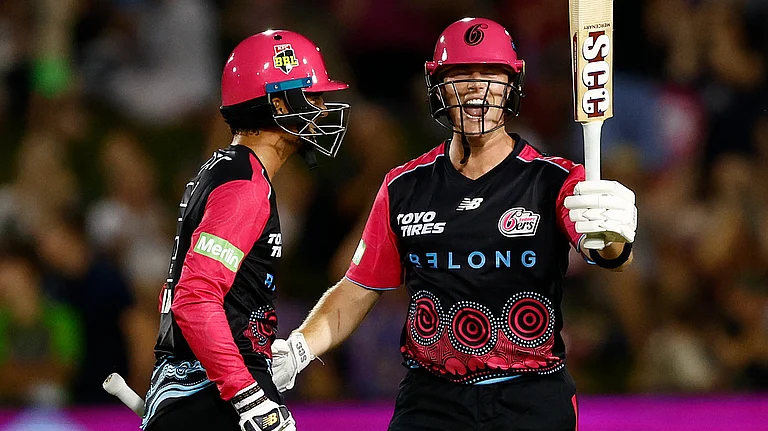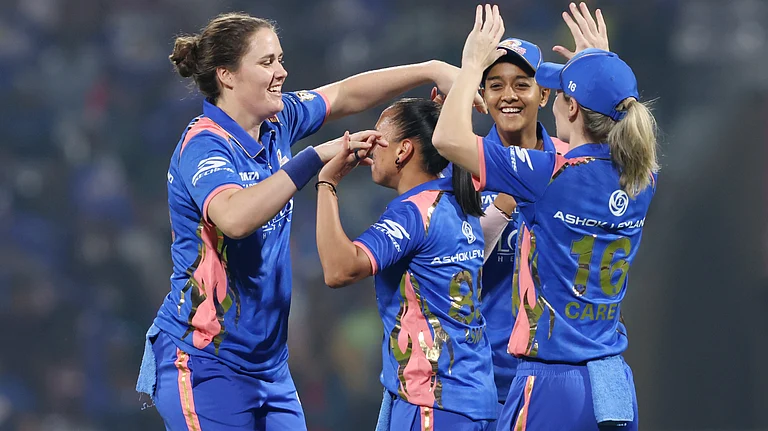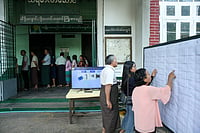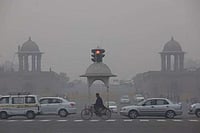It was in Brixton in 1981 that Britain saw the first widespread use of petrol bombs by demonstrators. Subsequently, the Government poured in huge sums of money for the area's development and sought to address what it felt was the underlying cause of the '81 riots—racial tension. But the Brixton riots—coming barely a few months after the Bradford riots in which Asian youths took to the streets protesting against police high-handedness—will keep the debate on race relations simmering.
However, the scale of the two riots in Brixton differ. In 1981, 450 people, including policemen, were injured and over 200 vehicles damaged. The recent riot saw two persons injured, a dozen-odd vehicles burnt and shops looted. This led some, like London police chief Paul Condon, to conclude that the riots had more to do with crime than race. The Daily Telegraph, not known for its liberal stance, reported: "After all, there were only 12 looting days left before Christmas." Referring to the theft of trainers and Nike shoes from a shop, another columnist who had passed through Brixton on the night of rioting concluded that the anti-police demonstration became an excuse for a spot of pre-Christmas looting. "Why waste cash when you can use a brick?"
Notwithstanding the looting that followed these riots, the blacks—and some Asians—have a strong case against police behaviour. Chris Myant, spokesman for the Government-funded Commission for Racial Equality, said surveys indicated that young blacks were more likely to be stopped and searched by the police than whites.
Quoting figures released by the Metropolitan Police in December '94, Liz Pawatt, campaigns officer for The National Council for Civil Liberties, says over 95,000 people from the ethnic minority population were stopped by the police during 1993-94.
The response of the state to deaths in police custody is also startling. The National Council for Civil Liberties says since 1987, about 70 blacks have died in police custody. In three cases between 1991 and 1995, inquest juries concluded that the deaths were due to alleged mistreatment. "However, no police or prison officer has been charged."
The police attitude towards complaints against erring members continues to be casual. Some studies indicate ethnic minorities are under-represented in the police. Many who do get in quit soon afterwards because of discrimination. Yet, as the Police Complaint Authority (PCA) reported, of the 362 complaints of racial discrimination, the PCA took disciplinary action in just one case as the the victim took the matter to court.
Home Secretary Michael Howard's visit to Brixton after the riots and his backing of the police has been endorsed by the media and the Labour Party. The police are investigating the possibility of black leader and former barrister Rudy Narayan's speech—in which he said the Brixton police will not understand what they have done unless one of them was killed—being responsible for instigating the riots.
But one thing is certain—the latest riots in Brixton have set in motion the very dynamics that have exacerbated tensions in an isolated community. The demographic dispersion in Britain has followed a pattern since early 20th century. As many blacks or Asians bought property in parts of London, the whites began moving out, bringing a drop in property prices. This enabled other black/coloured people to buy property there. This was how Brixton came to be populated by Afro-Caribbean and Southall with Indians. Fearing more riots, the bigger stores are likely to either close shop or stock them minimally. Perhaps those who can afford to will move out of Brixton, while the lower middle class whites and blacks will move in. The message from Brixton is clear: no matter what the academics say, class and race are overlapping.

























